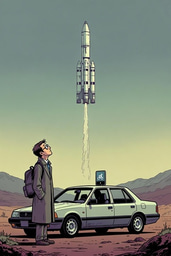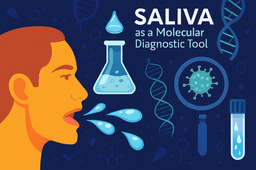Wall Street Journal spotlights microgravity research
Published in Physics

While the urge to explore has pushed humanity from the Earth to the moon to permanent residence aboard the ISS, some unwanted guests---microbes--- will always be along for the ride.
Now, with talk of sending humans to Mars in 2030 and maybe beyond, Wall Street Journal science writer Robert Lee Hotz took stock of a number of recent microgravity studies to determine what the state-of-the-research says about the links between microbes and the health risks of human space flight.
"Researchers grappling with the effects of spaceflight on the human body are stepping up efforts to discover what makes microbes more tenacious in space, in hopes of keeping astronauts healthy during long voyages to asteroids or Mars.
Aboard the international space station, scientists are finding bacteria that grow faster, mutate more readily, and become more infectious and more resistant to antibiotics than on Earth."




Please sign in or register for FREE
If you are a registered user on Research Communities by Springer Nature, please sign in